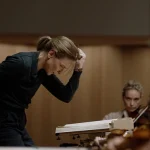Interview with the Vampire (1994)
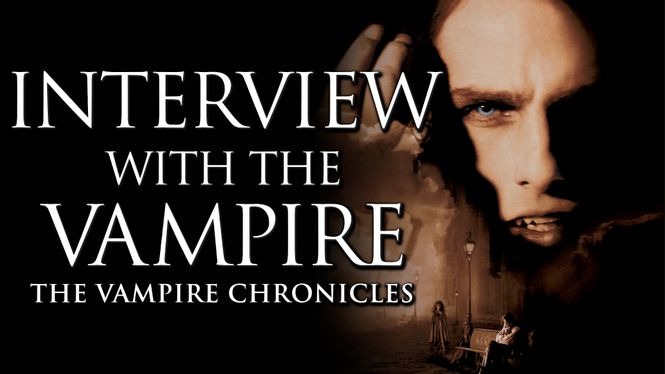
Released in 1994, Interview with the Vampire is a gothic horror film directed by Neil Jordan, based on the 1976 novel by Anne Rice. Featuring Tom Cruise as the charismatic vampire Lestat and Brad Pitt as the brooding Louis, the film delves into themes of immortality, morality, and the complexity of human nature. The story begins in 1791, when Louis is turned into a vampire by Lestat. What follows is a centuries-spanning exploration of their tumultuous relationship and the dark world of the undead. The film’s atmospheric setting, haunting visuals, and strong performances by its lead actors make it a standout in the vampire genre.
The film opens with a modern-day interview between a reporter (Christian Slater) and the vampire Louis (Brad Pitt), who shares the story of his transformation into a vampire at the hands of Lestat (Tom Cruise) in the late 18th century. Initially hesitant, Louis struggles with his new existence as an immortal predator, questioning the morality of taking human lives. As the centuries pass, Louis becomes increasingly disillusioned with Lestat’s reckless approach to vampirism, while their bond grows increasingly complicated. The two share a dark, co-dependent relationship, with Lestat using Louis to build his vampire legacy while Louis is consumed with guilt over the lives they take. The film also introduces Claudia (Kirsten Dunst), a young girl turned into a vampire by Lestat, whose presence further intensifies the emotional and moral conflicts between the characters.
At the heart of Interview with the Vampire is the complex dynamic between Lestat and Louis. Lestat, portrayed by Tom Cruise, is a charismatic and unapologetically hedonistic vampire, reveling in the power and pleasure that comes with immortality. In contrast, Louis, played by Brad Pitt, is a tortured soul who grapples with the ethical dilemmas of being a vampire. His internal struggle is palpable, as he yearns for redemption but is bound by the nature of his existence. The introduction of Claudia, played by Kirsten Dunst, adds another layer of complexity, as she embodies the tragedy of being forever trapped in a child’s body while retaining an adult’s consciousness. The evolution of these characters, especially their changing relationships, forms the emotional core of the film.
Interview with the Vampire explores the heavy burden of immortality, particularly the psychological toll it takes on its characters. The film portrays vampires as beings who are forced to live forever, trapped in an endless cycle of time, unable to escape the guilt of their actions. Louis, in particular, is tormented by his immortality, constantly questioning the morality of killing humans to sustain himself. Lestat, on the other hand, embraces his existence without remorse, viewing it as a gift rather than a curse. This contrast between the characters reflects the broader theme of immortality as both a blessing and a curse, with the film questioning whether eternal life is worth the price of losing one’s humanity.
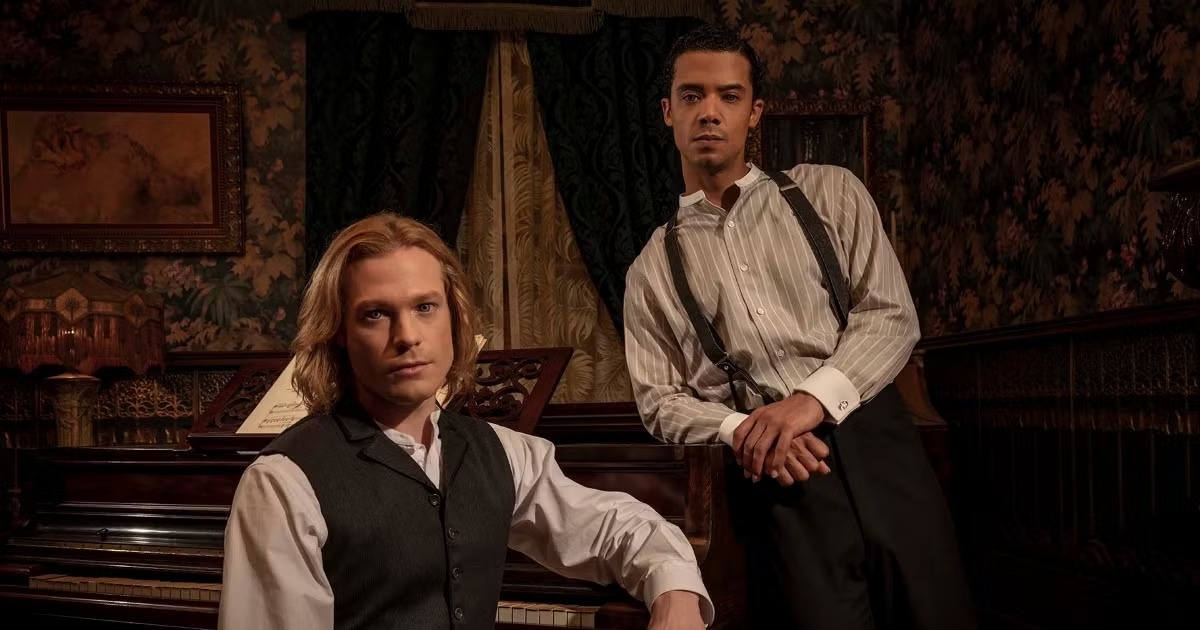
The film’s gothic atmosphere is one of its most striking features. From the lush, darkly lit sets to the haunting musical score, Interview with the Vampire is a visual feast that perfectly captures the mood of Anne Rice’s novel. The film is drenched in a sense of decay and beauty, with the lavish interiors of 18th-century New Orleans and the eerie, candle-lit catacombs serving as haunting backdrops to the vampire’s tragic lives. The sense of melancholy and doom that permeates the film enhances its exploration of death, life, and the inescapable passage of time. The visual style of the film underscores its themes of eternal existence and the internal struggle of its characters, making it a quintessential gothic horror film.
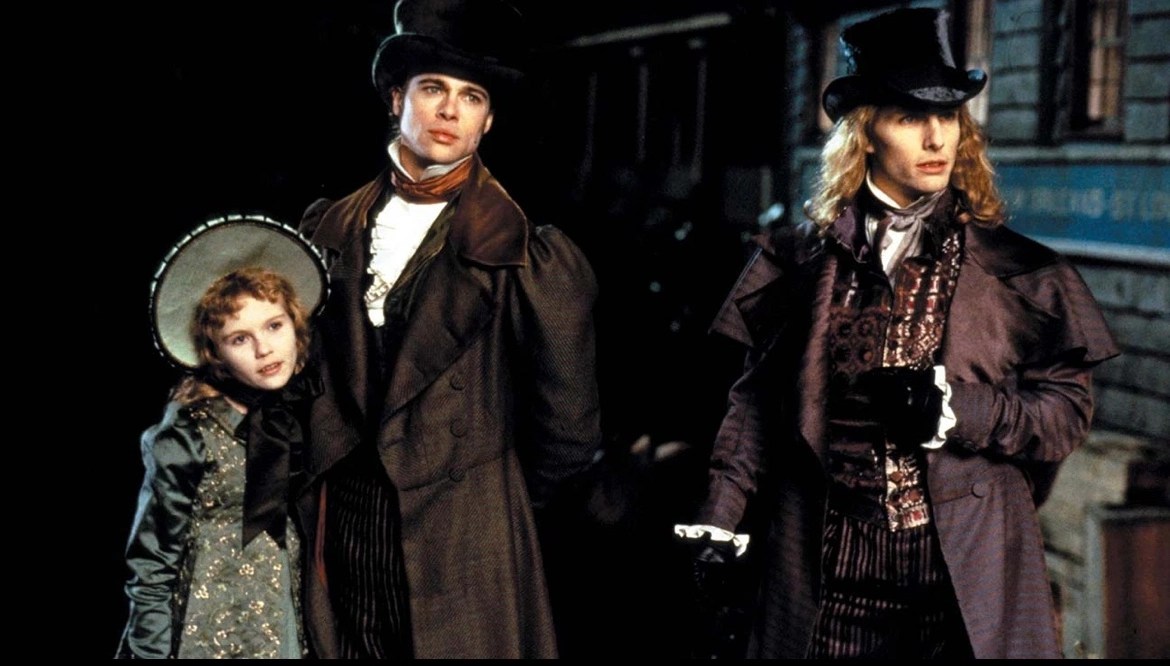
Another significant theme in Interview with the Vampire is the concept of family, particularly as it pertains to the relationship between Lestat, Louis, and Claudia. While Lestat views their connection as a means of control, seeing Claudia as a tool to manipulate Louis, the bond between the three becomes more complicated. Claudia, forever a child, desires freedom and revenge, but is unable to escape the dominance of Lestat. This power struggle between them reflects the film’s exploration of control within relationships, as Lestat’s manipulative nature creates a dysfunctional family dynamic. As the characters grow and change, the idea of family is redefined, with loyalty and love becoming twisted by betrayal and loss.
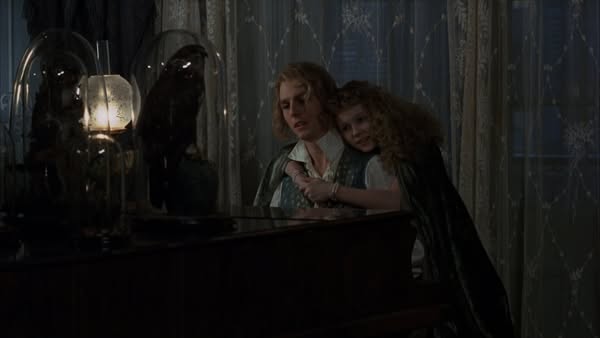
Interview with the Vampire is a masterful exploration of immortality, morality, and the complexities of human emotions, wrapped in a gothic horror narrative. With its strong performances, particularly from Tom Cruise and Brad Pitt, the film brings Anne Rice’s novel to life in a visually stunning and emotionally engaging way. The deep themes of guilt, redemption, and the struggle to maintain humanity in a world of darkness are explored with nuance and depth. Interview with the Vampire remains one of the most influential vampire films, offering a compelling look at the eternal struggle between light and darkness, love and hatred, and the search for meaning in an immortal existence.





